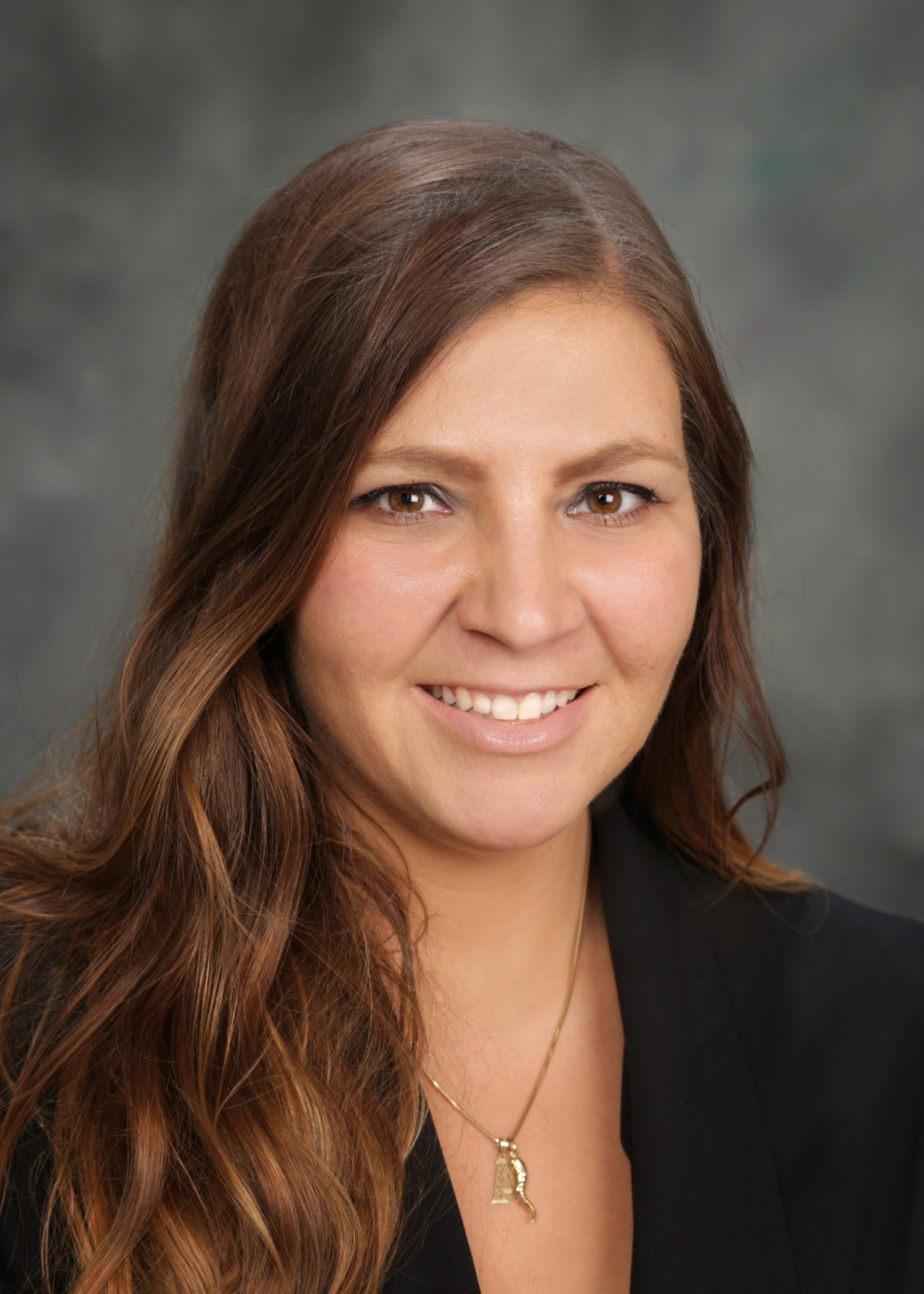[Editor's note: This article was originally published in 2018. It has been updated.]
Capt. Kristie Twining and Lt. Cmdr. Rebecca Waddington, members of NOAA Corps' first all-female hurricane hunter team, are part of ongoing efforts to collect data during Hurricane Dorian. MOAA exclusively interviewed the hurricane hunters after their notable missions during last year's hurricane season.
[Track Hurricane Dorian and other tropical storms on the National Hurricane Center website]
In repeated 12-hour shifts in 2018, Capt. Kristie Twining and Lt. Cmdr. Rebecca Waddington braced themselves as they flew into Hurricane Florence.
The hurricane hunter pilots, serving with the National Oceanic and Atmospheric Administration (NOAA), flew nine missions in an effort to pinpoint the hurricane's path. They also returned to the sky for similar missions tracking Hurricane Michael, which made landfall near Tyndall AFB, outside of Panama City, Florida.
The pilots, who in August became NOAA's first all-female hurricane hunter team, will continue to investigate hurricanes and tropical storms through November, the official end to hurricane season.
“We're always planning,” Waddington said. “We're tasked to hurricane missions through the end of hurricane season just so we're ready. While we're on the ground, we have aircraft maintenance to make sure it's flyable to make sure it's ready for when the next storm pops up.”
Waddington and Twining have flown 17 missions together over the past four months. They said they hope their work will encourage young girls to break barriers and achieve new goals.
“Be inspired and to think beyond the limit of what you're capable of doing now,” Twining advised. “The main reason that I'm here now is because I had an opportunity and I was encouraged to do something that I didn't think I could do. Flying was so far beyond what I imagined.
“When NOAA selected me, it was eye-opening. That constant encouragement from mentors and female leaders is just to know that you shouldn't stop at the sky. Keep going beyond.”

A NOAA Gulfstream IV-SP takes off from Lakeland Linder Regional Airport, Fla. (Lt. Kevin Doremus).
Up in the Air
Experts use Doppler radar and satellite images to predict a hurricane's path. But the equipment can only extend so far. Experts can't place radar devices or weather balloons above the ocean.
Instead, they turn to hurricane hunter pilots, who fly directly into the storm over the ocean. There are 18 such pilots on NOAA's hurricane team. Each one is a five-year mission: two years as co-pilots, three as pilots.
Twining and Waddington fly a Gulfstream IV aircraft into the storms. On their Florence missions, they released dropsondes, which are tubes with parachutes attached that contain sensors to gather data, such as wind speed, temperature, and pressure. That data is sent directly back to the aircraft so the crew can build a profile of the hurricane, including its projected path.
Thanks in part to this data collection, Florence's predicted landfall fell within two miles of its actual contact.
“The goal ... is the same as any storm we fly into, and that's to make the models more accurate,” Waddington said.
Meteorologists predicted the storm would cause catastrophic flooding. As the hurricane hunter mission went forward, mandatory evacuation orders had been announced in parts of North and South Carolina.
From their position about 40,000 feet in the air, the pilots said they couldn't gauge the storm's intensity, but they could see its reach. They said they could see Florence's outer ring bands more than 180 miles from its center.
“We got closer to the eyewall than we typically do,” Twining said. “On the first mission, we [flew into] the inner ring. It was the first time we'd actually done it. There was a lot more of the moderate turbulence than we're used to getting.”
Radar equipment helped them change paths when it became too risky.
Knowing that people on the ground counted on their information to help them prepare or evacuate, the pilots said they continued working 12-hour shifts until the day the hurricane hit.
“It is very rewarding to know that we are taking a part in helping people,” Waddington said. “We know what these people are going through and what kind of stress they have. Our goal is to get them that information as quickly as they can so they can make preparations.”
Twining said as rewarding as it is to gather information, it can be heartbreaking to stand back as the storm unleashes. She flew missions last year when Hurricane Maria struck Puerto Rico and devastated the island.
“It's sort of an eerie, somber feeling in the aircraft,” Twining said. “Knowing we were doing the best to try and help people, but there was nothing we could do. You want to do more, but you know your part is over.”
Amanda Dolasinski is MOAA's staff writer. She can be reached at amandad@moaa.org. Follow her on Twitter @AmandaMOAA.



